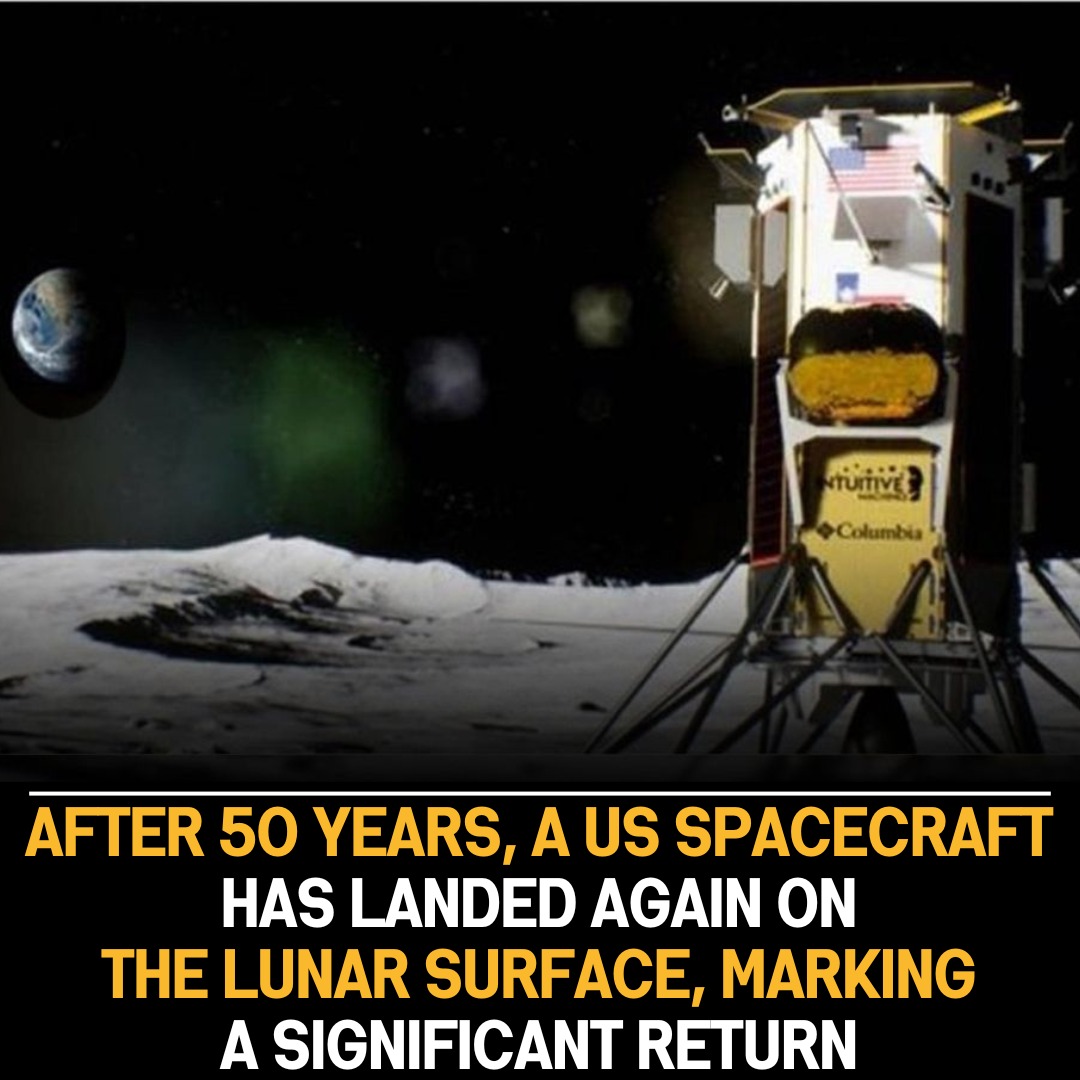In a momentous achievement, a United States spacecraft has successfully landed on the lunar surface, signaling a historic return to lunar exploration after a gap of half a century. This groundbreaking event not only rekindles the spirit of space exploration but also underscores the renewed global interest in venturing beyond Earth’s boundaries.
The last time a human-made craft touched the lunar surface was during the Apollo missions in the late 1960s and early 1970s. Decades later, the recent successful landing serves as a testament to advancements in space technology and the perseverance of the scientific community in pursuing ambitious space missions.
The spacecraft, equipped with state-of-the-art instruments and technology, embarked on its lunar journey with the primary objective of conducting scientific experiments and gathering valuable data. This marks a significant departure from the earlier manned lunar missions, focusing on the utilization of robotic systems to explore and understand the moon’s unique geology, atmosphere, and other relevant phenomena.
The symbolism of this lunar return extends beyond scientific curiosity. It carries geopolitical and strategic implications, showcasing the United States’ commitment to maintaining a leadership role in space exploration. As space agencies and private entities worldwide express their aspirations to explore the moon and beyond, this successful landing reinforces the United States’ position as a pioneer in space exploration.
The mission’s success also has broader implications for the future of space exploration and potential lunar habitation. The data collected during this mission will contribute to our understanding of the moon’s resources, topography, and environmental conditions, laying the groundwork for future endeavors, including the establishment of lunar bases or the utilization of lunar resources for scientific and commercial purposes.
International collaboration in space exploration is becoming increasingly evident, with various countries expressing interest in lunar missions and beyond. The successful U.S. lunar landing presents opportunities for collaborative ventures, fostering partnerships that could lead to shared scientific discoveries and advancements in space technology.
This achievement resonates with the broader public, reigniting public interest in space exploration and inspiring the next generation of scientists, engineers, and space enthusiasts. The impact of such missions goes beyond the immediate scientific gains, influencing educational and research initiatives that seek to explore the vast potential of our solar system and beyond.
As the United States celebrates this milestone, the successful lunar landing serves as a catalyst for future ambitious space endeavors. It opens new chapters in lunar exploration, reinforces global cooperation in space activities, and reinforces the enduring human curiosity to explore and understand the cosmos. The return to the moon represents not just a historic achievement but a stepping stone towards unlocking the mysteries of the universe.









